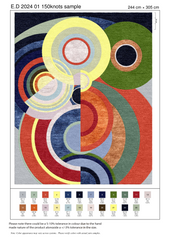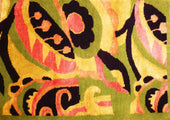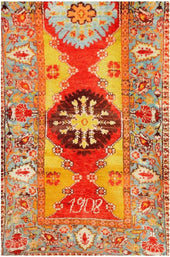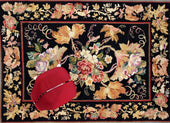Creating a custom carpet is a meticulous and intricate art form that goes far beyond the mere replication of a design or the weaving of threads into fabric. At its core, it is an expression of creativity, craftsmanship, and an intimate understanding of the materials and techniques that breathe life into the finished piece. The journey of making a custom carpet and rug begins long before the first thread is woven; it starts with a vision—a deep understanding of the space it will inhabit, the atmosphere it will help to create, and the emotions it will evoke in those who walk upon it.
The initial stage of designing a custom carpet and rug involves a collaborative process between the designer and the client, where ideas, inspirations, and functional requirements are discussed and refined. This is not merely about selecting patterns and colors; it is about capturing the essence of the desired aesthetic and translating it into a tactile form. The designer determines how the carpet will interact with the existing décor, how the play of light and shadow will affect its appearance, and how the materials will age over time to develop a unique patina.
Choosing the right materials is a crucial step in the process. Natural fibers such as wool, silk, and cotton are preferred for their durability, texture, and ability to absorb dyes in a way that synthetic fibers cannot. Each material brings its own characteristics to the carpet, contributing to its overall feel and appearance. For instance, wool is known for its resilience and warmth, while silk adds a luxurious sheen and softness. The choice of material influences not only the look and feel of the carpet but also how it will wear and age, gradually developing a patina that adds depth and character.
The weaving process itself is a delicate balance of precision and artistry. Skilled weavers work by hand, using traditional techniques that have been passed down through generations. These techniques include knotting, tufting, and weaving, each requiring a high level of skill and attention to detail. The weave structure must be carefully planned to ensure the carpet’s durability and comfort underfoot. However, it is not just about following a predetermined pattern; it is about the weaver's ability to interpret the design and bring it to life with subtle variations and imperfections that give the carpet its unique character.
One of the most distinctive aspects of a custom carpet and rug producer is its ability to create the same feel and patina an original rug has. This patina is not something that can be artificially created or hastily applied, which is the result of years of use, the gradual wearing down of fibers, and the accumulation of history and memories within the threads. This can only be achieved by a combination of weaving process, dying, and washing. A well-made custom carpet will age gracefully, with its colors softening and its texture becoming more inviting with each passing year. This aging process is what gives the carpet its soul, its character, and its story.
In essence, the art of making a custom carpet is a complex interplay of design,









